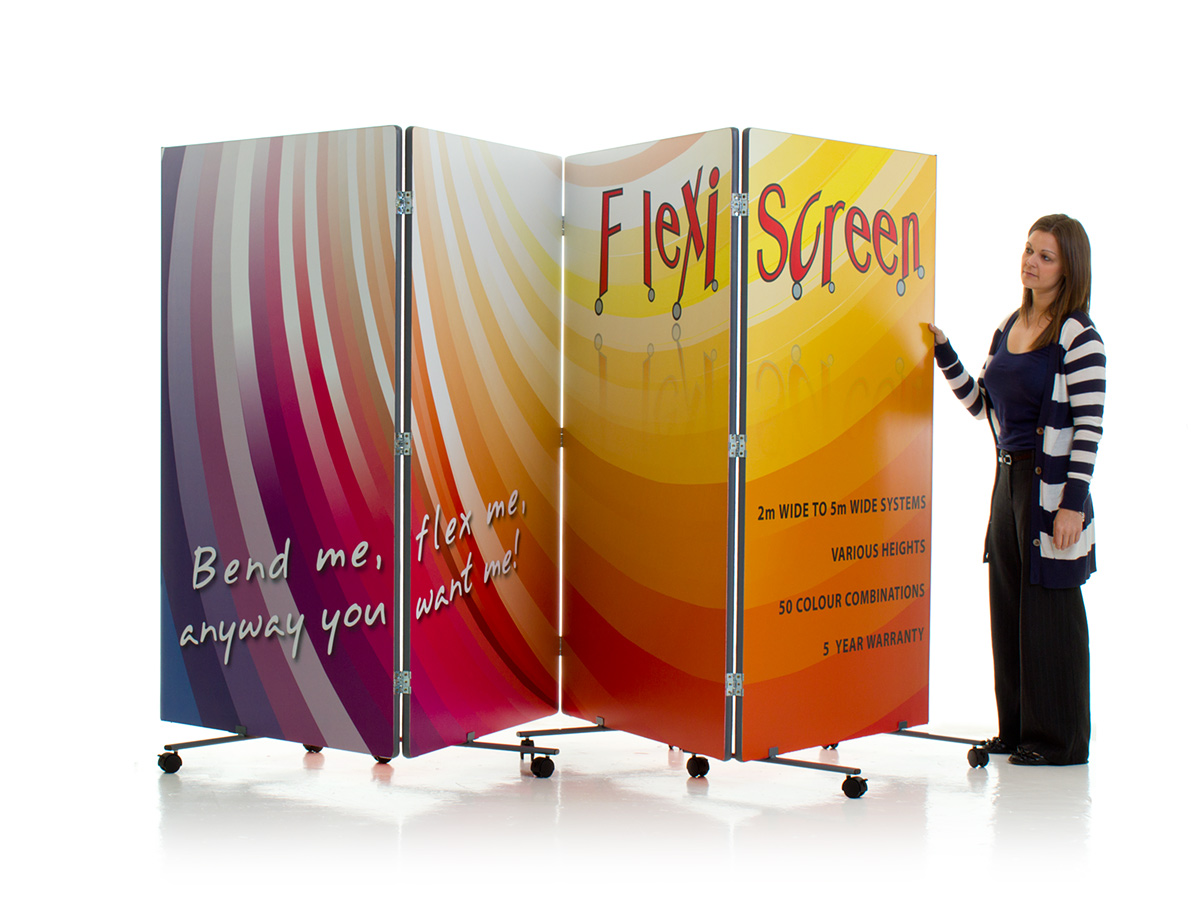The benefits of training courses are constantly being re-affirmed in the media and through studies. Whether your company chooses to keep sessions in house or outsource them to affiliated training courses, work is constantly being done to improve and enhance these so that attendees can take away as much information as possible. It is not just the content which is at the top of the list of priorities either as recent studies have shone a light on what were originally considered minor aspects, but have been found to have a profound effect on how students learn. Regardless of the age group or the industry, pushing training courses towards being more interactive has begun to demonstrate why it is not ‘what you learn’ but ‘how you learn it’.
For many industries, the traditional lecture style approach is mundane and does more to stifle learning than encourage it. Certainly, in most areas of work where the job is more hands on, it is far more appropriate to re-create a situation whereby attendees can learn on the job with the safety net being that it is not a live environment. Therefore, our clients have increasingly been proposing the question; is it possible to re-create these environments? With a bit of creativity, we are increasingly able to create dynamic training rooms for a variety of industries, whereby learners are placed into replicated environments in order to help them get a feel for the physical conditions, which in the past were impossible to get a sense of.
The ideal setting for this is environments which can be simply replicated through graphic design. One such way is in medical environments such as hospitals, clinics or even medical vehicles whereby portable screens can be adapted to replicate these surroundings. In the past, we have worked with clients to develop environments such as these in order to create a feel of the environment for trainees, allowing them to learn where certain things are and get a taste for how a life-like scenario would play out.
Similarly, the same concept can be applied to other emergency services. In the past, it had become a necessity to take vehicles out of commission in order for training to take place. However, by investing in dynamic training rooms, this no longer has to happen and ultimately helps to save a portion of the budget longer term. Services such as fire departments or the police are able to create immersive surroundings which can be utilised in more interactive scenarios which ultimately give trainees a more hands-on experience.
Portable dividers have far more potential to be used to create dynamic training environments. Their versatile nature means they can be customised in order to adapt to different spaces and a variety of courses. With the ability to include fabric display boards with high pressure laminate boards and printed boards, this opens up the opportunity for them to be utilised as portable classrooms, enabling training rooms to be set up in a matter of minutes. Regardless of the industry, this ability allows any company to create immersive training spaces almost instantly.
